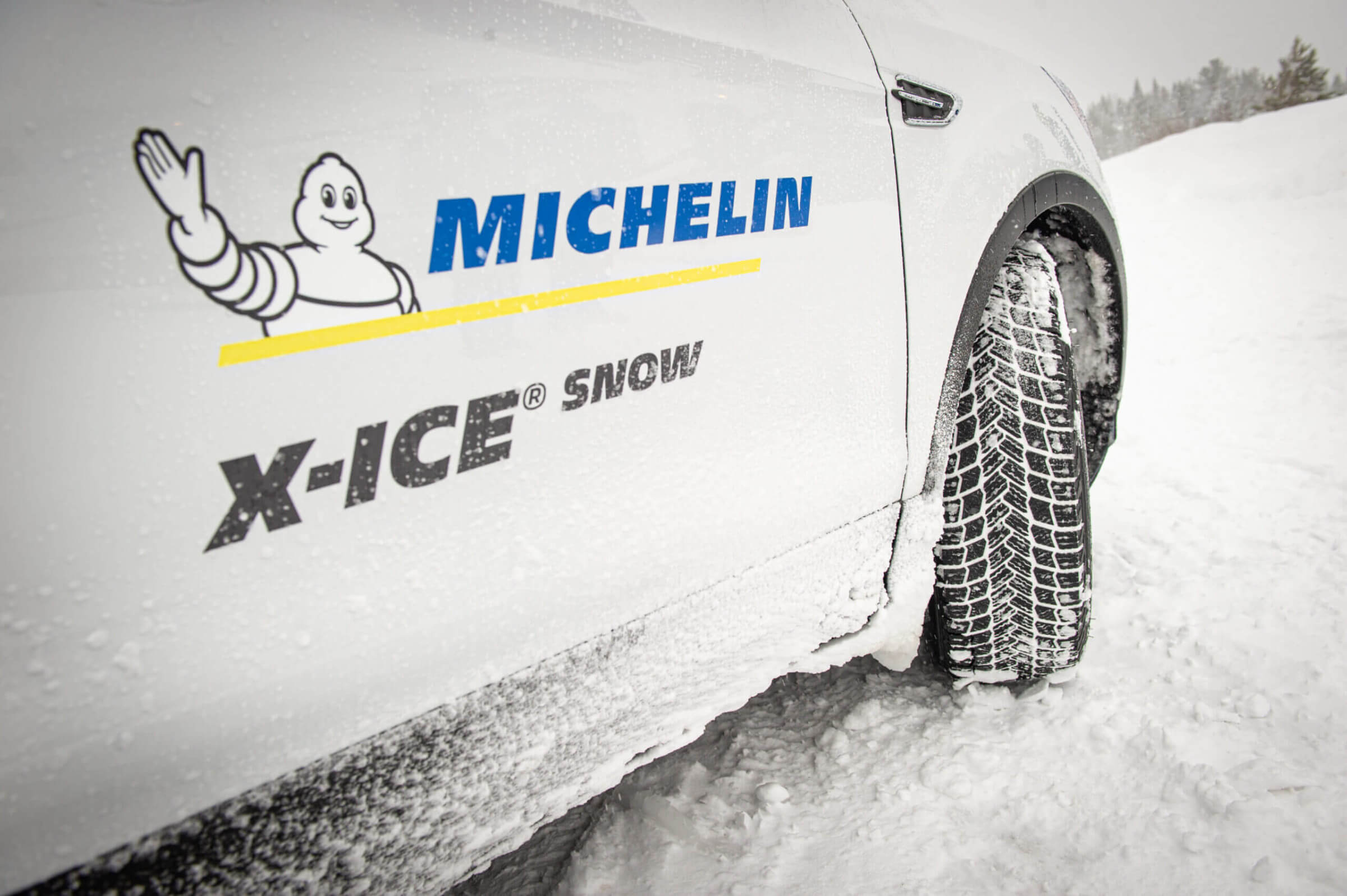When winter comes, the road becomes a more perilous place. Indeed, cold weather, snow and ice are all causes of loss of grip and, unfortunately, road accidents. That’s why it’s important not to compromise when buying winter tires (see our article on the subject, click here). Good quality new tires have significant advantages, not least because of their use of increasingly innovative technology.
One of the main areas of innovation in the tire industry is the additives added to the rubber before moulding. Especially for winter tires, the most important of these additives is silica. This compound allows the tire to withstand the harsh winter months even better while giving it even more grip on wet roads. High levels of silica also have lower rolling resistance, making your car more fuel-efficient.
A technology that dates back
Just twenty years ago, silica was not yet used as extensively in the automotive industry. While its effect on rubber was known, it was not yet used for its impact on winter driving. Initially, it was used for high-performance tires, for example in the racing world. A tire with a high silica content allowed the most innovative drivers to gain precious seconds.
 The French company Michelin played a pioneering role in the development of this technology by adding it to its tires as early as 1992. Already at that time, tires produced with silica were between 10% and 25% more efficient than their competitors. Soon, in the early 2000s, silica became the standard. Today, traditional carbon black is used more as a colourant than as a filler! A racing tire, for example, will have 88% silica for 12% carbon black.
The French company Michelin played a pioneering role in the development of this technology by adding it to its tires as early as 1992. Already at that time, tires produced with silica were between 10% and 25% more efficient than their competitors. Soon, in the early 2000s, silica became the standard. Today, traditional carbon black is used more as a colourant than as a filler! A racing tire, for example, will have 88% silica for 12% carbon black.
The ecological solution?
Today, manufacturers are turning more and more to environmentally friendly alternatives, and these additives are no exception. All rubber requires fillers to make the rubber mix homogeneous. Traditionally, these have been petroleum-based products and carbon black, both of which are extremely polluting. Silica and its compounds are created from a resource we have in abundance: sand.
This type of additive also benefits the environment in another way. By reducing rolling resistance, they greatly reduce the amount of fuel consumed during travel. According to the French polymer company Rhodia, silica has achieved something that few molecules can boast. Silica alone is estimated to have saved motorists nearly 20 billion litres of gasoline since its introduction on the market!
The next time you buy a winter tire, you will now know the importance of choosing a tire with innovative compounds and good quality rubber. It may seem incongruous to save money by spending more. However, thanks to the power of silica on your car’s fuel consumption and the resistance of your tires, that’s certainly what you’ll happen!






